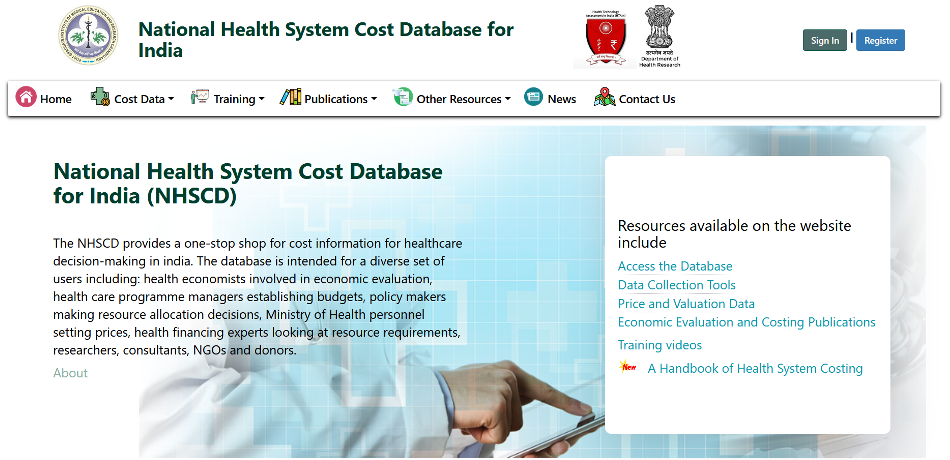November 11, 2011
Yesterday I attended the USAID and World Bank sponsored debate on “Treatment as Prevention,” where debaters were asked to support or oppose the proposition that countries should spend the majority of flat or declining HIV prevention budgets on “treatment as prevention”, building off the results of the HPTN 052 study which found a relative reduction of 89% in the total number of HIV-1 transmissions resulting from the early initiation of antiretroviral therapy.
Both sides argued vigorously and reasonably, but the underlying issue remained unresolved – how can countries and funding partners decide on the allocation of scarce resources amongst different prevention uses, particularly when “new” technologies arrive on the scene?
Well, how do we do it now? We don’t know. Choices on the allocation of prevention budgets –whether domestically or as part of PEPFAR- are opaque, driven –perhaps- by some combination of intuition, making-do, budgetary inertia, advocacy, built infrastructure, lack of data and vested interests, among others. So much so that UNAIDS just bid out a qualitative study to try and figure out what is driving resource allocation decisions (see here). We do know that the result is less than optimal, as Forsythe et al suggested here in 2009.
While the debate itself focused mostly on the scientific merits or demerits of an early ART approach, the discussion suggested that we aspire to a different, better model of resource allocation, one that could incorporate health goals as well as economic, scientific and ethical considerations. But where are we with respect to that “better” priority-setting process?
To conduct economic evaluation, we need to know the relative effectiveness and costs of the existing arsenal of prevention interventions. Nancy Padian and co-authors’ recent systematic review of the effectiveness of HIV prevention interventions find only 9 of 45 trials with positive effects, with the majority (3) concentrated in male circumcision. An earlier review in 2009 found that there are several types of interventions for which cost-effectiveness studies are still not available including surveillance, abstinence, school-based education, universal precautions, prevention for positives and most structural interventions. When the PRO side of the debate was asked what they would cut to make “space” for more spending on early ART, they advocated for the elimination of the unevaluated interventions in favor of an intervention that has one study under its belt (albeit with huge impact). On the cost side, the situation is bleaker. Secretary Clinton mentioned a $335/case/year number for ARV treatment in her speech this week; but this study hasn’t yet been published. The estimate by Menzies et al finds that PEPFAR’s median annual economic costs come to US$ 880 for ART patients, including medicines. The Global Fund so far only reports the costs of medicines – the antiretroviral regimens that they finance, which come to US$125/case/year. So we know something about what is effective, but less about the fully loaded costs of screening and treating.
A second piece of economic evaluation is to take the international data on efficacy and effectiveness, and combine it with local data on disease dynamics and costs. The quality of this local data is problematic, with implications for a country’s ability to assess the cost-effectiveness of a given combination of interventions. I can’t find a recent assessment of the quality of HIV surveillance systems by country, only this from 2004, that reported 58% of countries with generalized epidemics had fully implemented HIV surveillance systems. Local data on costs is largely absent, although tools to collect cost data are growing. Yet as Stefano Bertozzi pointed out today, and others have noted elsewhere, the mix of prevention interventions that will minimize new infections will depend greatly on the characteristics of the epidemic and the costs of providing different kinds of care in that particular country.
While recognizing the data limitations facing the economic evaluation of prevention interventions that could inform the question of how to allocate the prevention budget, let’s assume for a moment that countries –with support- can undertake these studies or apply tools to determine an “optimal” mix of prevention interventions that would lead to zero new infections, and that early ART comes out a winner. According to 2010 WHO guidelines, UNAIDS estimates that 65% of the eligible population is not currently receiving treatment. Nancy Padian et al point out “an essential question is how a country’s health service could maintain antiretroviral therapy in legions of healthy patients with high CD4 cell counts mainly for prevention benefits to partners, when it is not able to initiate and maintain high retention of those with low CD4 cell counts who need ART for survival.” This choice will put a global –or a U.S.- goal in stark contrast, perhaps, to locally expressed demands or preferences for acute care. How will these choices be made? By PEPFAR’s Scientific Advisory Committee? I hope not.
Countries and their donors need better, more systematic ways to consider the scientific evidence, run the economic evaluations, understand the trade-offs between different uses of money, consider the ethical and other implications and take fully informed decisions about the uses of their budgets today and in the future. Current practice –from the Copenhagen Consensus to countries being asked to allocate in the absence of national evidence and fair process, to donors deciding directly what to provide to whom, under what conditions- is problematic ethically and likely counterproductive to an AIDS-free future.
At CGD, we are running a working group on priority-setting institutions, and how donors can better support and facilitate national processes that are evidence-based, ethical, reasonable and accountable. We’ll issue a report in 2012, and look forward to future debates on the issue.
Disclaimer
CGD blog posts reflect the views of the authors, drawing on prior research and experience in their areas of expertise. CGD is a nonpartisan, independent organization and does not take institutional positions.





